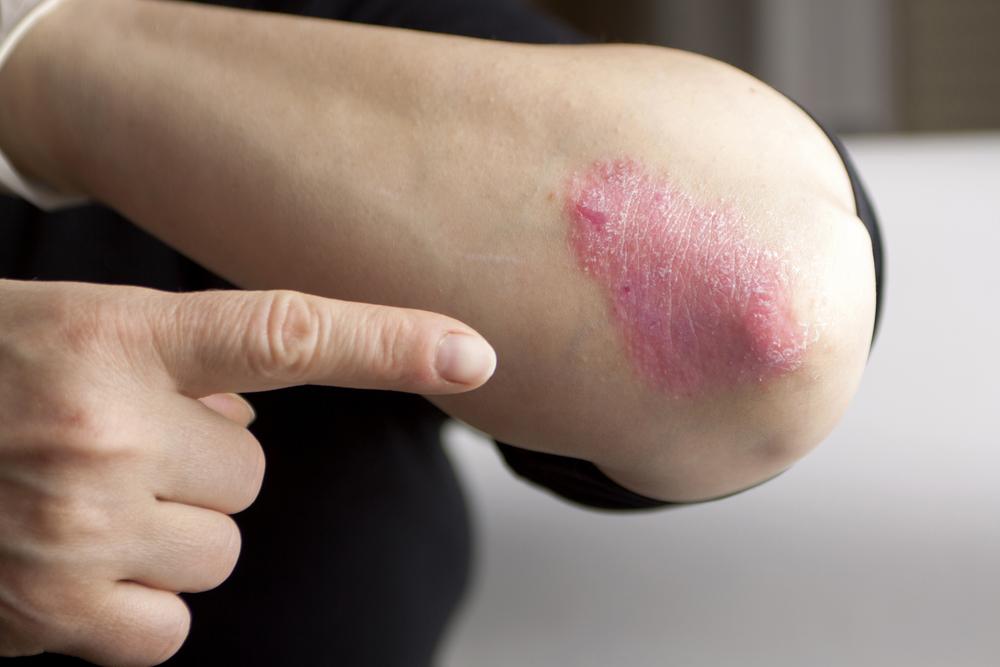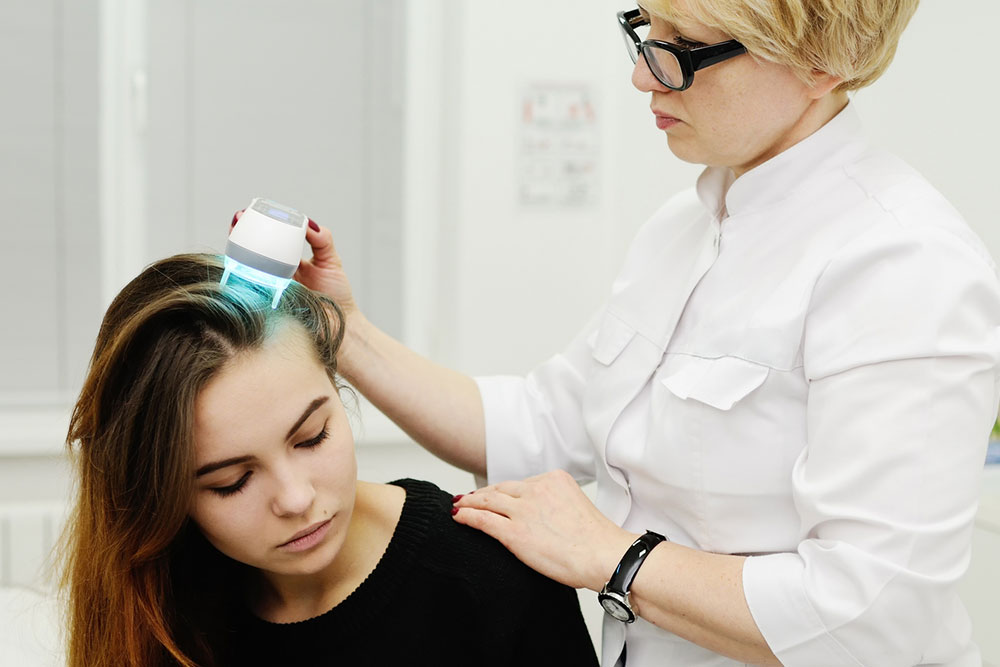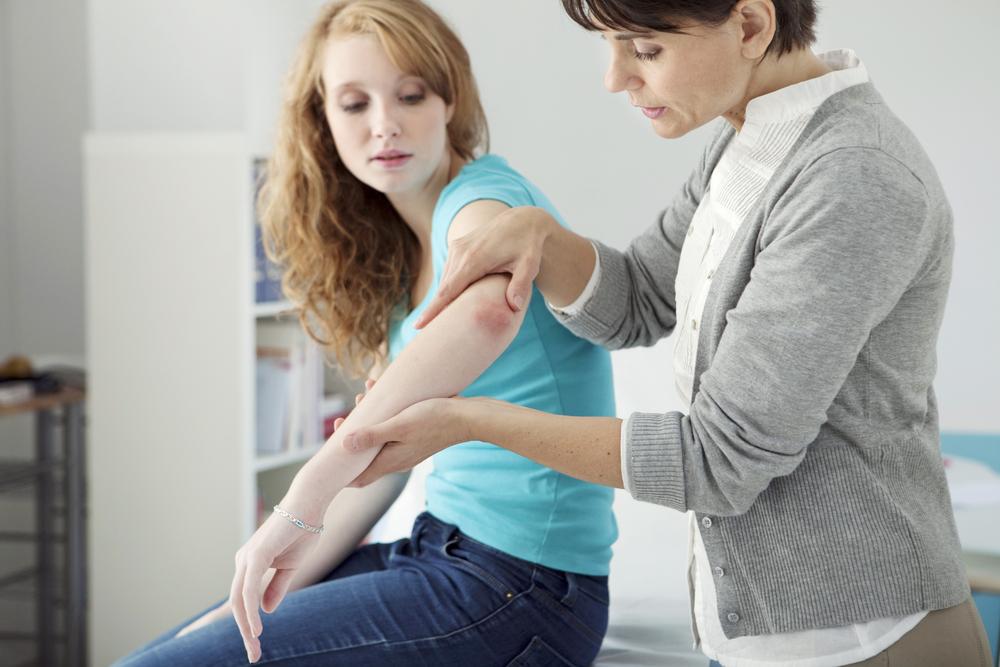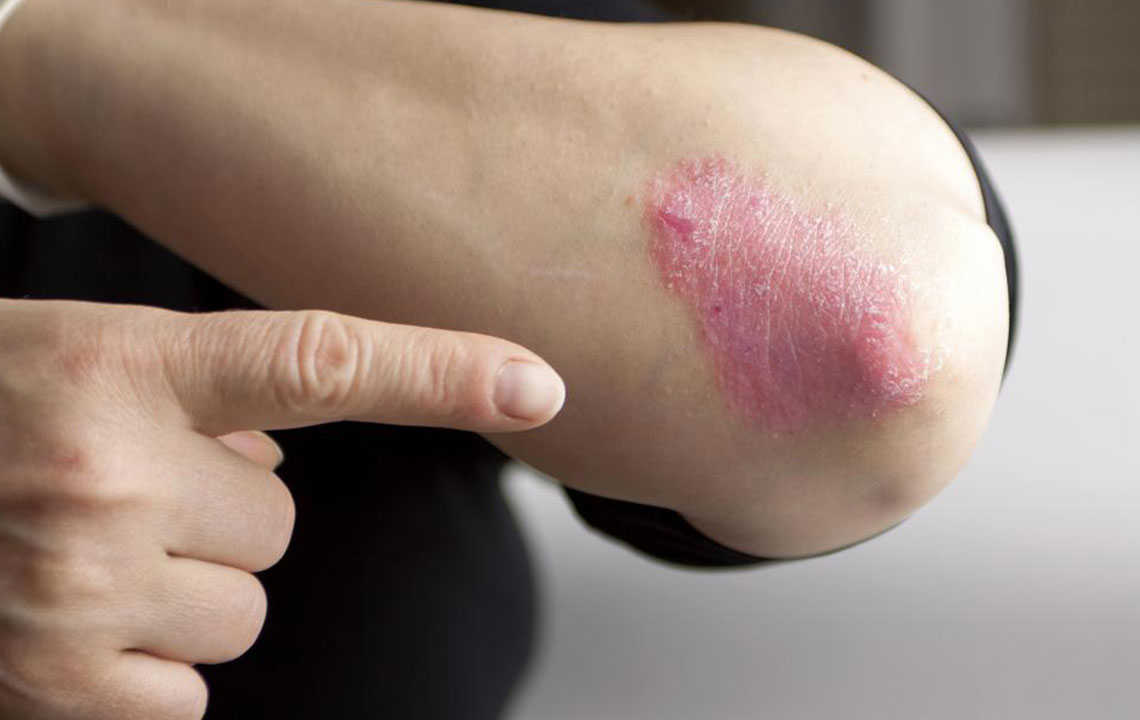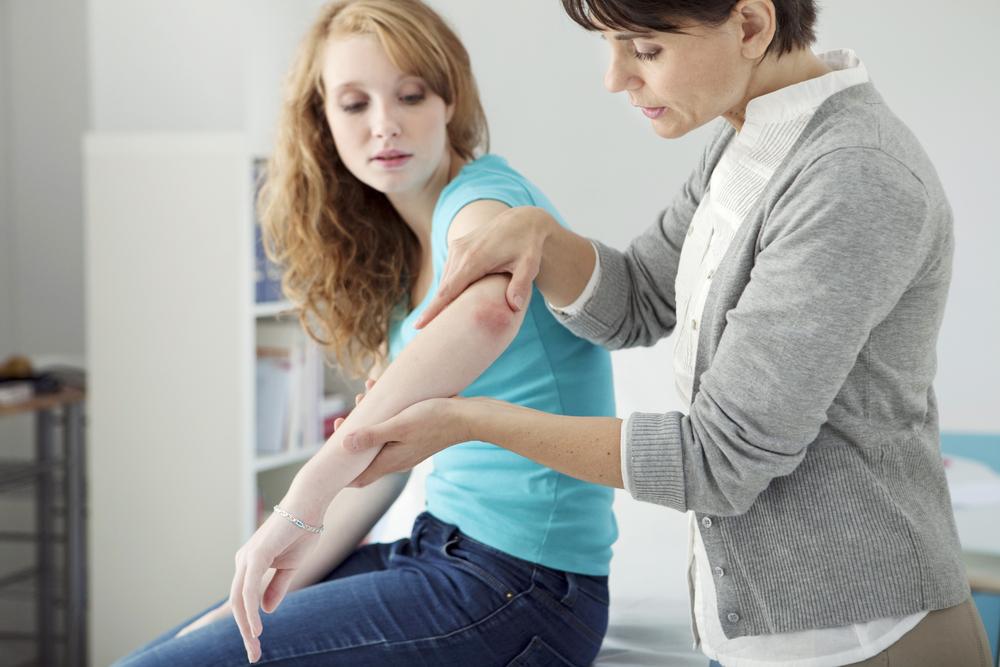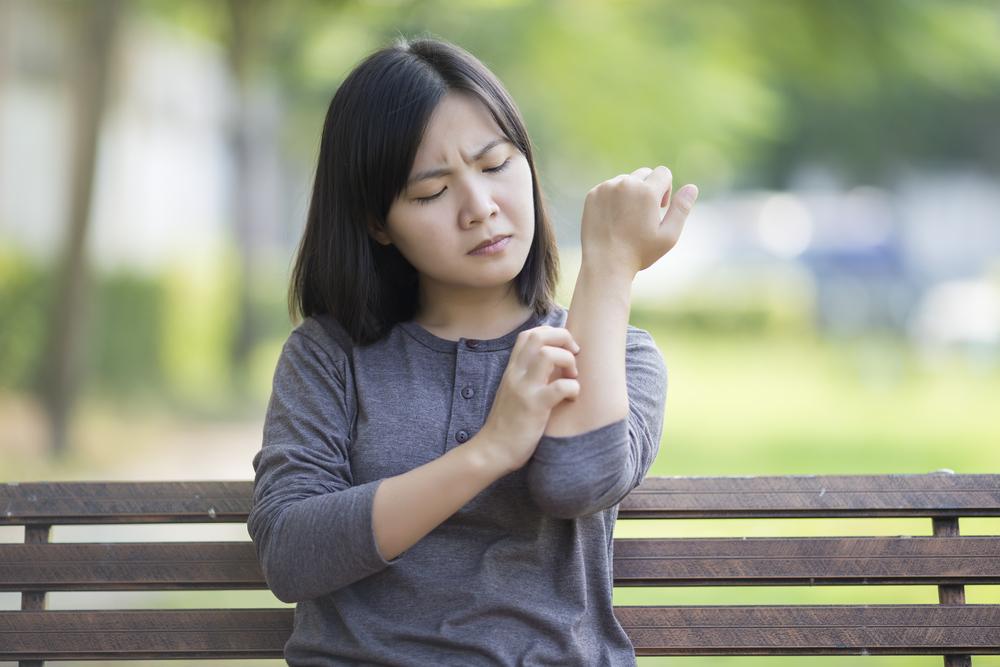Understanding Psoriasis: Types and Key Facts
This article offers an in-depth look at psoriasis, detailing its various types, causes, and symptoms. It emphasizes that while psoriasis is manageable, there is currently no cure. Understanding the different forms helps in early detection and effective treatment planning, improving patient quality of life. The article highlights the importance of consulting medical professionals for personalized care and management of this chronic skin condition.
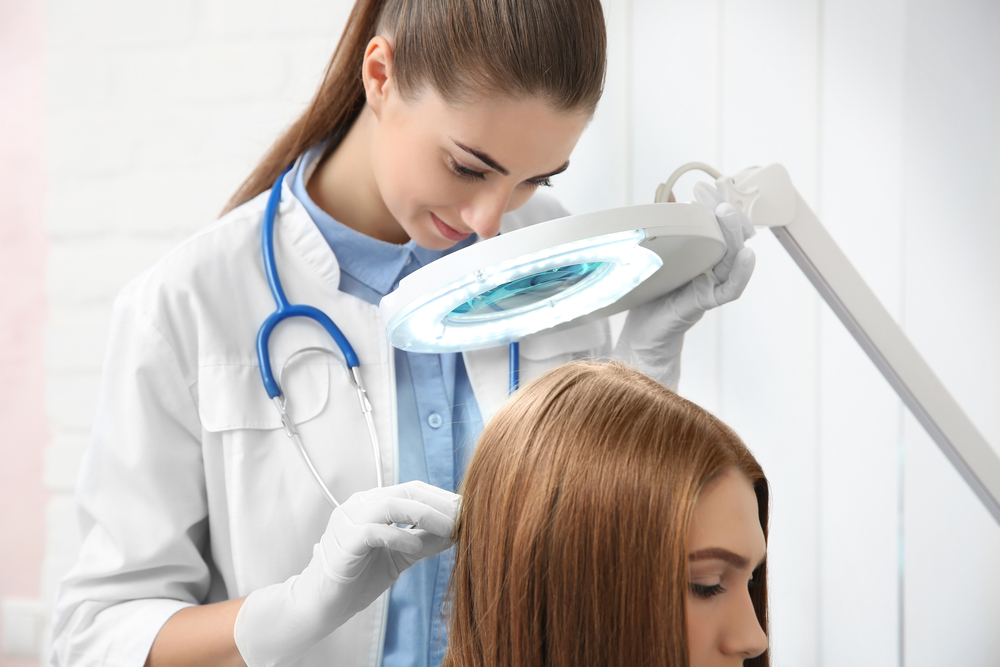
Understanding Psoriasis: Types and Key Facts
What Is Psoriasis?
Psoriasis is a long-lasting autoimmune skin disorder characterized by red patches covered with silvery scales. It commonly affects areas like the scalp, knees, and elbows but can also involve nails, trunk, and legs. Though less frequent, other skin regions may be impacted.
With over 130 million affected worldwide, psoriasis can develop at any age. In the U.S., around 7.5 million people have plaque psoriasis, representing about 2% of the population. Both men and women are equally at risk, with a higher prevalence among Caucasians compared to people of color.
Although psoriasis is not contagious, it is inherited, and there’s no known prevention. It begins beneath the skin’s surface and varies from mild to severe. Chronic in nature, it’s linked to other conditions like cardiovascular disease, type 2 diabetes, and psoriatic arthritis—affecting approximately 15% of sufferers, who may mistake it for gout or rheumatoid arthritis.
While a cure remains elusive, numerous treatments help manage symptoms effectively.
Categories of Psoriasis:
Psoriasis manifests in different forms depending on causation, location, age, and presentation. The main types include:
Plaque Psoriasis: The most prevalent form, featuring red patches with silvery scales, which can appear anywhere on the skin, including the mouth and genitals. It may cause itching or pain.
Inverse or Flexural Psoriasis: Appearing in skin folds like the groin, behind the knees, or armpits, this type often looks shiny and smooth. Patients may have multiple psoriasis types simultaneously.
Erythrodermic Psoriasis: The rarest but most severe form, covering the entire body with a red, peeling, and intensely itchy rash accompanied by pain.
Pustular Psoriasis: A serious type affecting areas such as the hands and feet or larger skin regions, characterized by white pustules on red skin. Symptoms include fever, chills, muscle weakness, and loss of appetite—existing in subtypes like acropustulosis, palmoplantar pustulosis, and Zumbusch.
Guttate Psoriasis: Usually triggered by streptococcal infections, this form appears as small dot-like lesions and is common in both children and adults.
Nail Psoriasis: Not a separate type but a category affecting fingernails and toenails, leading to discoloration, pitting, loosening, and separation from the nail bed.
Note:
The information provided about symptoms, treatments, and health conditions is for educational purposes only. It should not replace professional medical advice. Always consult licensed healthcare providers for diagnosis and treatment decisions.

